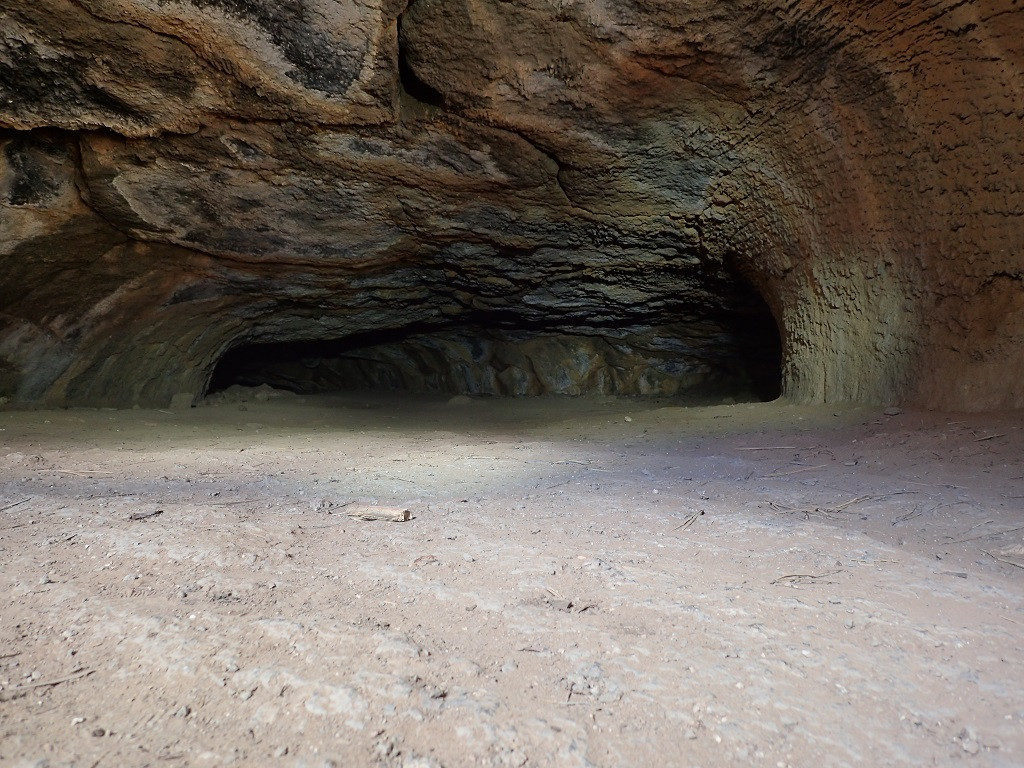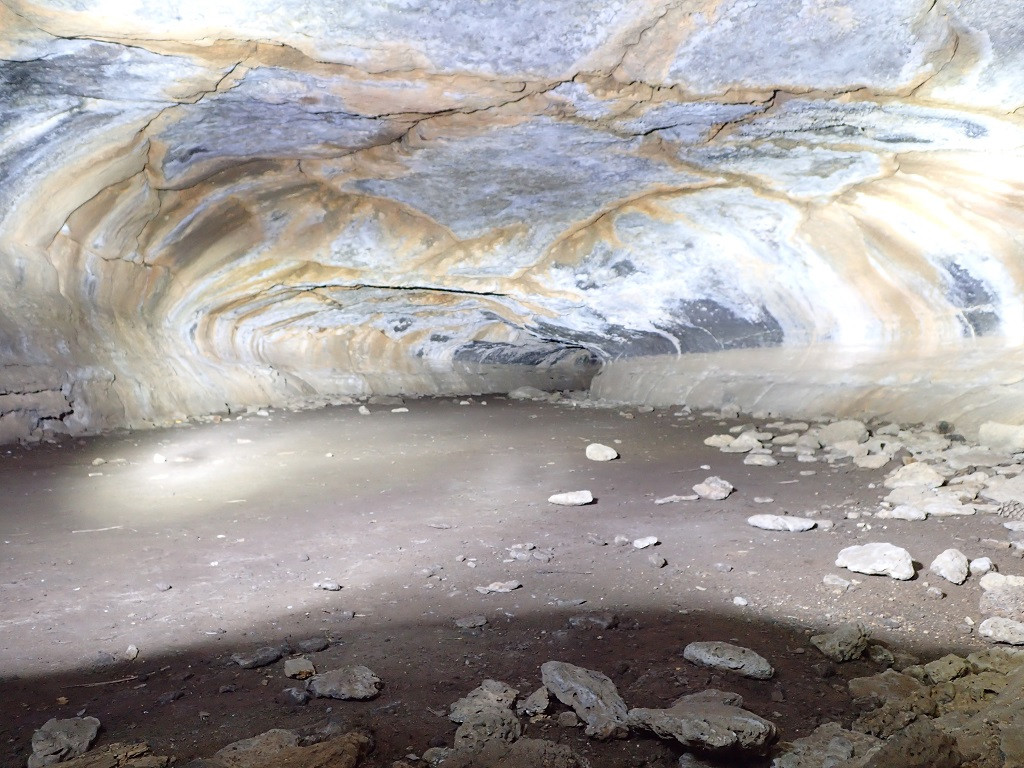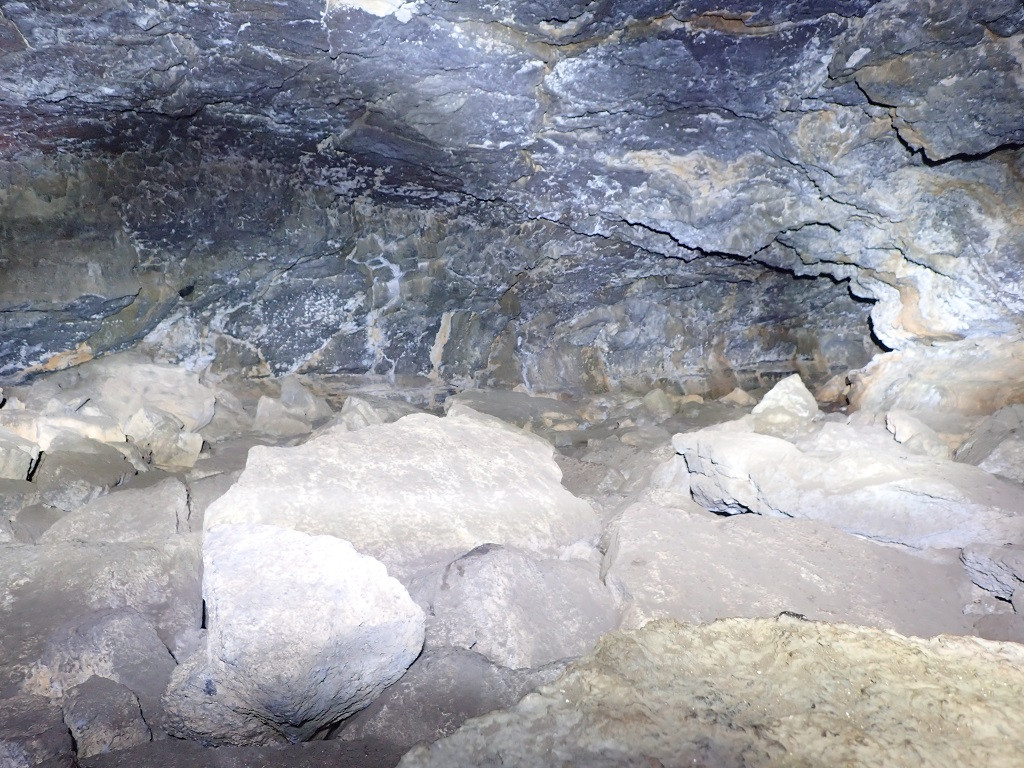I've been looking for places to find bats in their natural habitat, rather than around the house. The author of this question saw some bats in a lava tube. I've never heard of a lava tube before, and would like to know what it means, and how it happens.
I understand that lava flows from a volcano, and affects any type of terrain in its path, including where it lands on the ground, which can be quite a distance from the site of the eruption.
How does lava create a tube-type formation with space inside? Is it hard enough to become something permanent, or is it a temporary structure that caves in at some point?
Is there any place in the United States where we could go to see one? I'm hoping we might find some bats inside.
Follow-up: Since people have been kind enough to teach me about the lava tubes, I've learned that not all of them have bats. When planning a trip, it's best to look up each cave individually to see if they are home to bats. Interestingly, even if they aren't in the caves, there are often bats living in the immediate vicinity, so on a trip you can frequently see both. (It's also worth researching the area before a trip, because some caves are closed at various times to protect the maternity colonies. For instance, at the time of this writing, 7 caves in the Lava Bed National Monument in California will be closed for the summer while the bats give birth and care for the young.)


